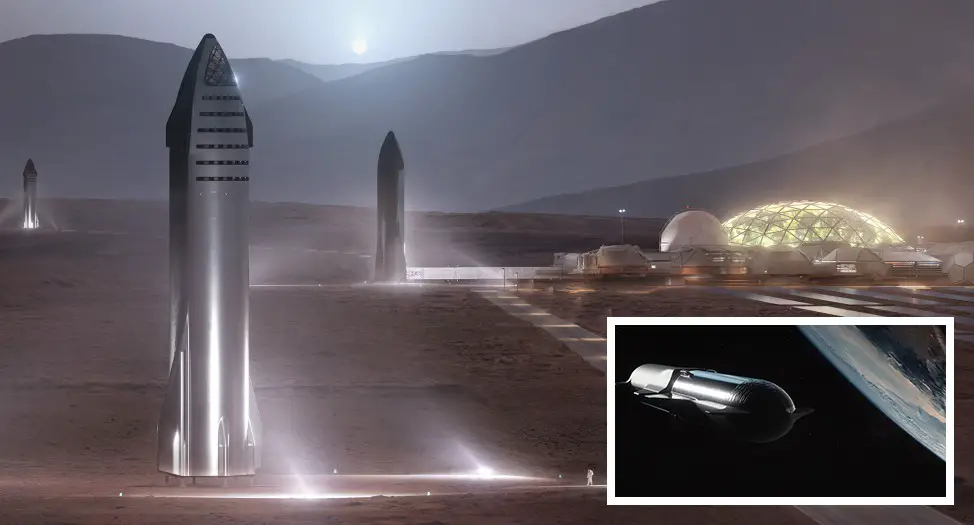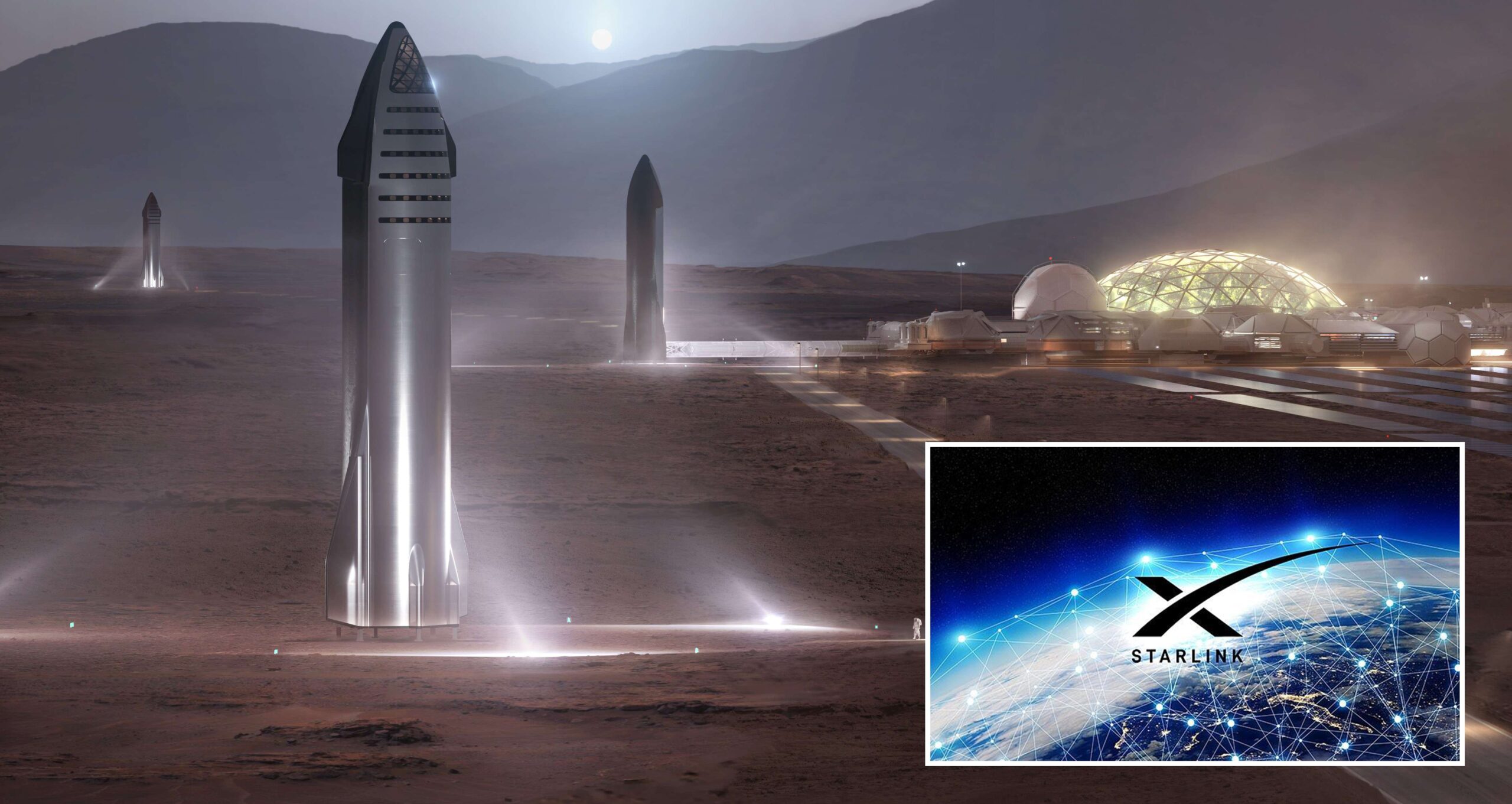Founder and CEO Elon Musk has always been very clear about why SpaceX is important. Humans are now a species that lives only on one planet. Musk wants to change that by building a long-term base on Mars. Ideally, he would live there with its people. I want to die on Mars, but I do not want to die when I hit it.
In the last few years, we have seen a lot of progress. SpaceX’s Falcon rockets, which are not completely new, have cut the cost of sending things into space, which is important for SpaceX’s plans to go to Mars. At the end of 2021, the company is going to test its new Starship vehicle in space for the first time.
The most powerful rocket since the Saturn V that took astronauts to the Moon will be back. If and when it does, it will be the most powerful rocket since that one.
Both the vehicle and its booster will also be fully reusable, which will cut the cost of going into space even more. Starship was built with trips to Mars in mind.

Until recently, SpaceX has supported itself by launching rockets for Nasa, on whose behalf it transports goods and humans to the International Space Station, and by launching satellites for commercial enterprises such as broadcasters and telecommunications corporations. However, a trip to Mars will be costly.
To help pay for it, SpaceX is resuming operations in the telecommunications industry on Earth. It wants to launch at least 10,000 low-flying satellites into orbit, more than four times the number already operating and in orbit. The program, dubbed “Starlink,” was supposed to be released from beta testing in October.
Satellite internet is not a brand-new concept. But, like he has done with rockets and electric vehicles, Mr. Musk thinks he can upgrade an old technology in a revolutionary way. Existing services depend on high-altitude satellites.
This helps them to cover a lot of territory in a short amount of time. However, this implies that a large number of customers must share a single satellite, limiting capacity, and the round journey signals must travel to and from high orbit, adding annoying delays. As a consequence, satellite internet is often used only as a last resort when no other options are available.

Musk intends to reverse this trend. The Starlink constellation’s sheer quantity of satellites will enable it to serve millions of consumers. Communication delays will also be decreased since they travel in considerably lower orbits. Starlink’s mission, according to Musk, is to offer internet to the underserved — people in developing nations, distant areas of developed countries, in the air, and at sea.
However, the unserved are not the only ones who are interested. Starlink, according to some high-frequency traders, might provide a speedier means for buy and sell orders to traverse the Atlantic than current fiber-optic cables. At least, that is the theory.
There are rivals to Starlink: OneWeb, a competitor that emerged from bankruptcy in November 2020, aims to launch its own 648 satellites. Amazon is working on a similar initiative named Kuiper, although no satellites have yet been launched.
Meanwhile, astronomers are concerned that swarming the sky with thousands of low-flying satellites would obstruct their research.
In response to these concerns, SpaceX altered the design of Starlink satellites and added an anti-reflective coating.
Previous efforts to provide consumer satellite internet services failed due to the expensive cost of the high-tech antennas required to transmit and receive data (SpaceX claims to have lowered the manufacturing cost of their terminals from US$3,000 to US$1,500 in the last two years). Even for clients in wealthy nations, Starlink’s monthly fee of US$99 is not inexpensive.
No one knows how well Starlink will operate yet: Morgan Stanley, a bank, values SpaceX at anywhere between $5 billion and $200 billion, with the large range owing to uncertainties about its performance. In 2022, more information should become available.
It is also unclear if even US$200 billion would be sufficient to support the creation of a permanent base on Mars. However, it is still a long way off in the future.

